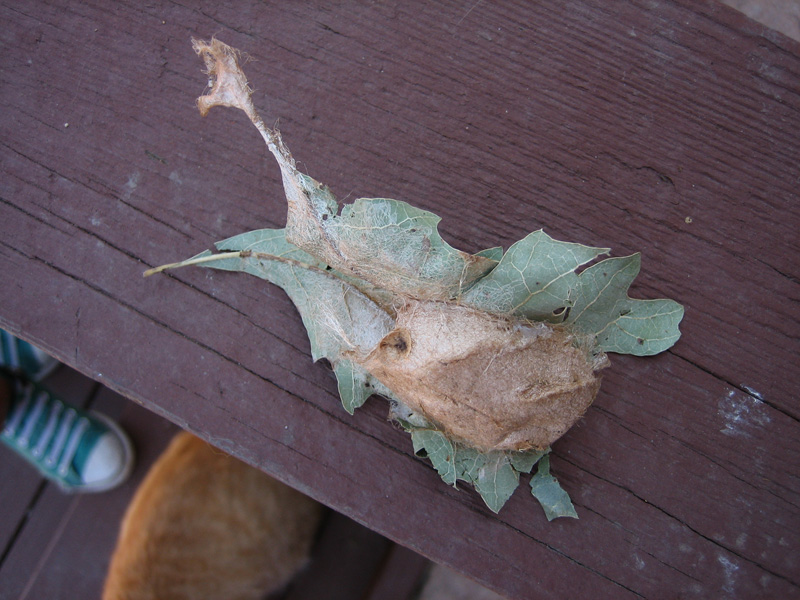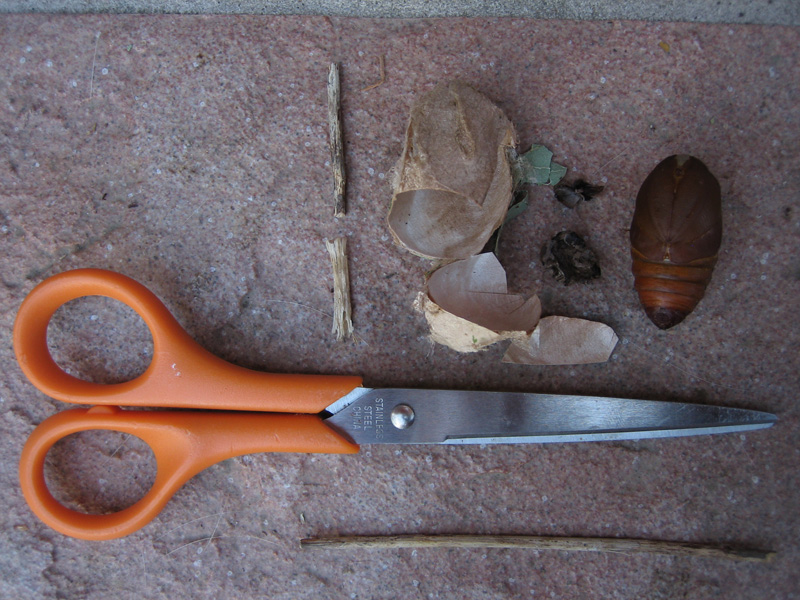Metamorphosis and the Absurdity of Human Constructs
We can only imagine things in terms of our own experiences. So, rather than projecting human ideas onto the behaviors of an animal, I think it would be fun to imagine animal processes if forced upon the human body. We will never know exactly how animals feel or think (although this does not mean that we will never understand them), in fact we don’t even know how other humans feel or think. However, we know how we feel and think as an individual. When I was little, pretending to be whatever animal I was pretending to be at the time, it did not mean changing thought processes. The essence of an animal was in the way it moved, in how it spoke, in how it looked. I find the phenomenon of metamorphosis a fascinating and terrifying one. It crude terms, it sounds like puberty on steroids. The sensation of being alien to one’s own body must be increased ten-fold with the development of new limbs, new eyes, new wings. Sometimes, it is easy to take this process for granted, because animals seem to do it so naturally. Yet, when you really stop and think about it, it seems almost impossible. This idea of getting people to realize the magnificence and wonder of animals completely unlike ourselves (ie: not mammals, no vertebrates) seems like an interesting project. Perhaps it may reduce the bias that people have when viewing mammals as somehow more important than other vertebrates, and vertebrates as somehow more important than invertebrates. However, the collaborative part of this still seems to be lacking. I have considered two part project, first would be a guided meditation through a metamorphosis and the second would be to put insects in “human situations”. Through these means we could examine both the wonder of the animal kingdom as well as stepping back to evaluate the absurdity of certain human practices.
In the summer I chanced upon a cocoon by my house. Not being as familiar with the lepidopteran (moths and butterflies) life cycle as I thought, I was confused as to why there was something rattling around inside. I thought whatever was inside was dead. Only after I cut open the cocoon did I remember that inside of a cocoon is a pupa (suddenly remembering the pupa found in Silence of the Lambs). The pupa was far from dead; in fact it wriggled around quite vigorously. Unfortunately, it was only a long time afterwards that I had identified that pupa and found that I should not have discarded the cocoon. The pupa was that of a male Polyphemus Moth. Average wingspan is about six inches. The caterpillars usually make their cocoons around August (mine was probably about 2 or 3 weeks old) and do not hatch until mid to late April (hatching should be soon provided it is not dead!). This organism spends 8 months transitioning from caterpillar to moth, in the timescale of its life, which is a sizable portion. I can’t imagine what it’s like to go through that process, but I think it would be fun to try.
[Write Comment]
Comment by luis (04/26/14 22:16:06):
I found this fascinating Mona. I love cocoons
Comment by LisaJ (04/26/14 14:47:07):
How sad you destroyed it's cocoon. Is the pupa still alive? How amazing if so!
In the summer I chanced upon a cocoon by my house. Not being as familiar with the lepidopteran (moths and butterflies) life cycle as I thought, I was confused as to why there was something rattling around inside. I thought whatever was inside was dead. Only after I cut open the cocoon did I remember that inside of a cocoon is a pupa (suddenly remembering the pupa found in Silence of the Lambs). The pupa was far from dead; in fact it wriggled around quite vigorously. Unfortunately, it was only a long time afterwards that I had identified that pupa and found that I should not have discarded the cocoon. The pupa was that of a male Polyphemus Moth. Average wingspan is about six inches. The caterpillars usually make their cocoons around August (mine was probably about 2 or 3 weeks old) and do not hatch until mid to late April (hatching should be soon provided it is not dead!). This organism spends 8 months transitioning from caterpillar to moth, in the timescale of its life, which is a sizable portion. I can’t imagine what it’s like to go through that process, but I think it would be fun to try.

Cocoon, untouched and attached to leaves |

Pupa removed from cocoon |
[Write Comment]
Comment by luis (04/26/14 22:16:06):
I found this fascinating Mona. I love cocoons
Comment by LisaJ (04/26/14 14:47:07):
How sad you destroyed it's cocoon. Is the pupa still alive? How amazing if so!